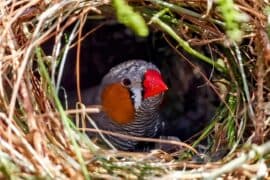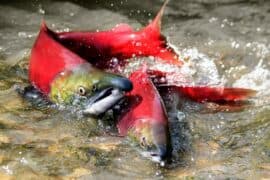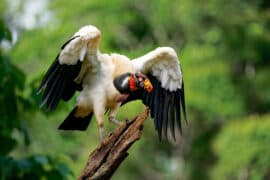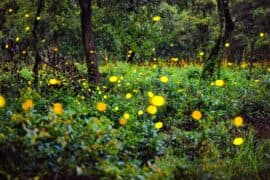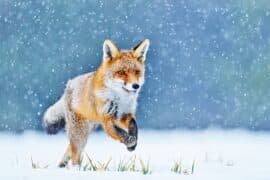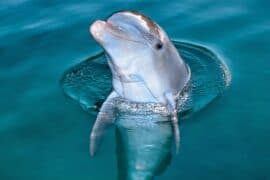European mink
(Mustela lutreola)
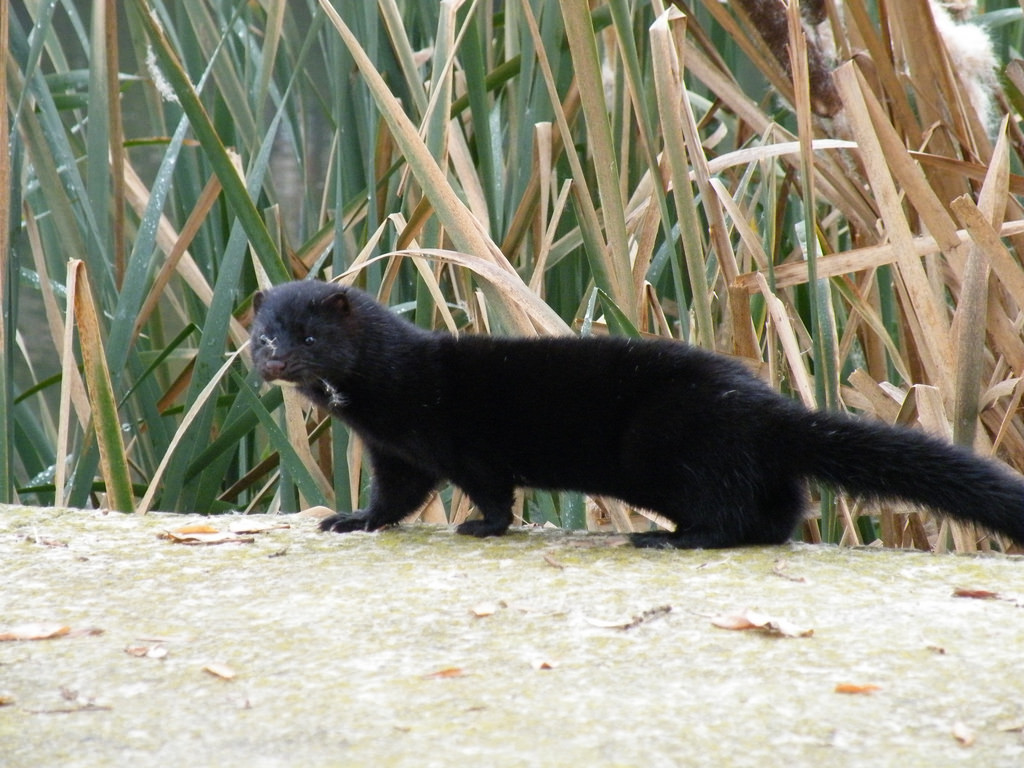
Description
The European mink (Mustela lutreola Linnaeus,1761),also known as lutreola,is a semi-aquatic mustelid species native to Europe.It has a color similar to that of the American mink,but is slightly smaller and has a less specialized skull.Despite the present name,similar physical structure and behavior,the European mink is not a close relative of the American mink,but of the European polecat and the Siberian weasel (kolonok).The European mink lives mainly along forest streams that rarely freeze during the winter.It feeds mainly on voles,frogs,fish,crustaceans and insects.The European mink is classified by the IUCN among the critically endangered species due to its continuous abun- duction;It has been calculated that over the last three generations the number of specimens has decreased by more than 50%,and the rate of decrease is expected to exceed 80% over the next three generations.The European mink population began to decline during the nineteenth century,when the species quickly disappeared from parts of central Europe.During the twentieth century,the number of minks decreased throughout their range;It has been hypothesized that behind this decline there is a combination of factors,including climate change,competition with theAmerican mink introduced by humans (as well as the diseases transmitted by it),habitat destruction,the decrease in the number of crayfish and the hybridization with the European polecat.In Central Europe and Finland the decline preceded the introduction of the American mink,and it is probably due to the destruction of river ecosystems,while in Estonia the decline seems to coincide with the spread of the American mink.The European mink is a typical representative of the genus Mustela,with a very elongated body with short legs.However,compared to the Siberian weasel,his close relative,the mink has a more compact and less slender body,more like that of the ferret and the European polecat.The European mink has a large,wide head with short ears.The limbs are short,with relatively well developed interdigital membranes,particularly those of the hind legs.The tail is short,and never exceeds half the body length (makes up about 40% of the total length).The skull of the European mink is less elongated than that of the Siberian weasel,with wider zygomatic arches and a less massive facial region.In the general aspect,the skull has an intermediate form between that of the Siberian weasel and that of the European polecat.Overall,it is less specialized for the carnivorous diet than that of the skunks and the American mink.The males have a head-trunk length of 373-430 mm,the females of 352-400 mm.The tail measures 153-190 mm in males and 150-180 mm in females.The weight is 550-800 g.The European mink is an agile and fast animal,able to swim and dive with great skill.It is able to run along the river bed and remain underwater for one or two minutes.When swimming,move the front and back legs simultaneously.Cloak: The winter coat of the European mink is very thick and thick,but not long,and easily detaches itself from the underlying skin.The undercoat is particularly dense compared to that of the other members of the genus Mustela,of more terrestrial habits.The guard hairs are quite rough and shiny,with very wide contour hairs flattened in the middle,like in other aquatic mammals.The hairs of the back and those of the belly have a similar length,further adaptation to the semi-aquatic lifestyle of the species.The summer coat is a little shorter,rougher and less dense than the winter one,but the differences are small compared to those found in strictly terricolous mustelids.In dark specimens,the fur is dark brown or almost black,while the light specimens are reddish brown in color.The color of the fur is the same in every area of the trunk,but in few cases the belly is a bit 'clearer than the upper regions.In the particularly dark specimens,there is a large darker dorsal fascia of the rest of the body.Legs and tail are slightly darker than the trunk.On the face stands out the white of the upper and lower lip and of the chin.White areas may also be present on the lower surface of the neck and chest.Also known are albino specimens or cloaks entirely covered with white spots.The summer coat is a little lighter,with dirty tones and reddish highlights.Differences with the American mink: The European mink is similar to the American mink,but differs from it under some important characteristics.In the American species the tail is longer,and reaches almost half the length of the body.The winter fur of the American mink is thicker,longer and detaches much more hardly from the underlying skin than that of the European mink.Unlike the latter,which has white spots on both the upper and lower lip,the American mink has white spots on the upper lip only,and only very rarely.The skull of the European mink is much less specialized in a carnivorous diet than that of the American species,presenting more infantile features,such as a weaker toothing and much less developed projections.It has also been reported that the European mink is less efficient under water than the American species.
Taxonomic tree:

